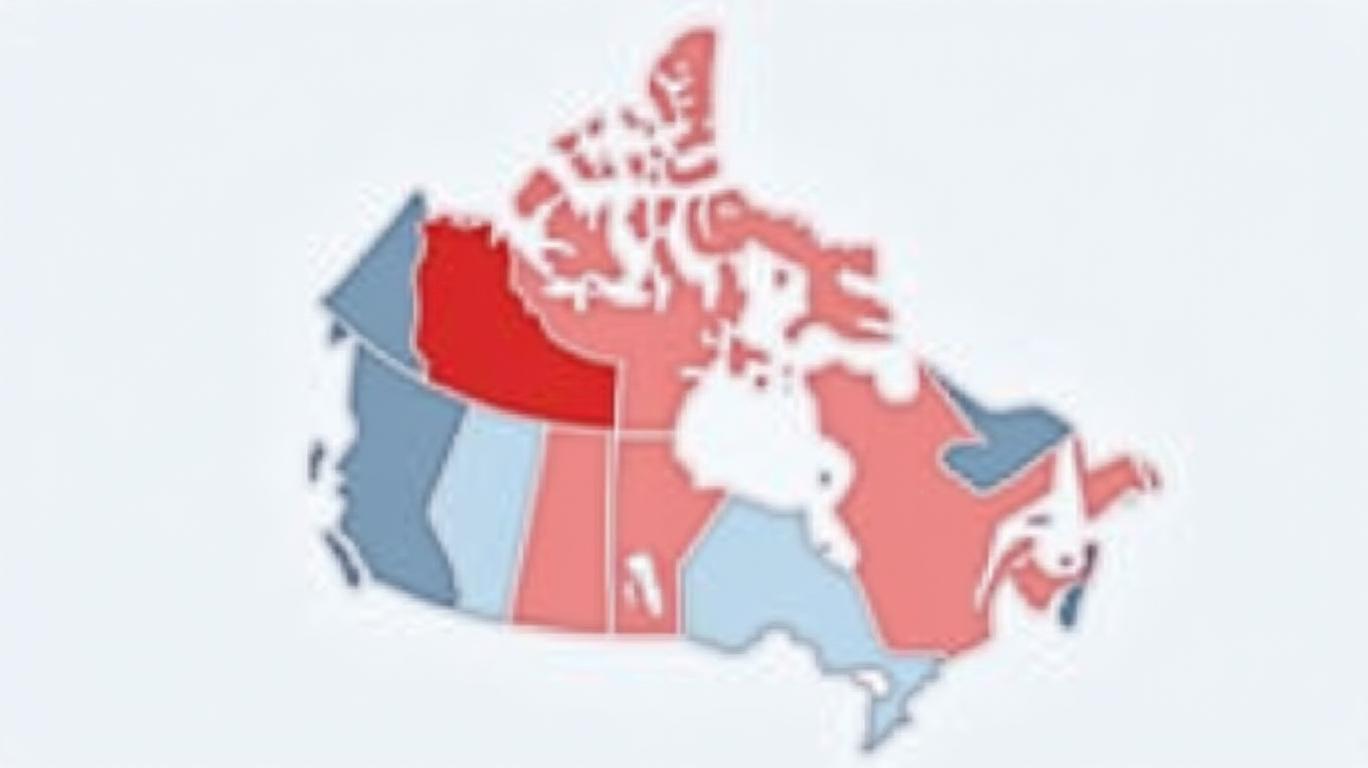BMO’s GDP Forecast for Canada: Navigating Recession Risks and Trade Tensions
As Canada prepares to release its first-quarter 2025 GDP data, BMO’s latest economic projections highlight a fragile equilibrium between cautious optimism and significant downside risks. The bank’s analysis, rooted in its market surveys and financial performance, underscores an economy teetering between modest growth and potential recession. Below is an in-depth look at what investors should watch—and worry about.
The GDP Outlook: Growth, But with Strings Attached
BMO forecasts Canada’s real GDP growth to end 2025 at a median of 1.0% year-over-year, with a 21.7% chance of negative growth (below 0%). By 2026, growth is projected to edge up to 1.7%, though the risk of recession remains elevated. The bank’s surveys reveal a stark reality: a 38% probability of recession (defined as two consecutive quarters of contraction) in the next six months, dropping to 40% over the following six months. Even in the 18–24 month window, the median recession probability remains at 20%, suggesting persistent uncertainty.

The Upside and Downside Risks
BMO identifies easing trade tensions as the top upside risk, with 96% of surveyed participants citing it as a potential growth catalyst. A resolution to global trade disputes, particularly with the U.S., could unlock pent-up demand for Canadian exports—from autos to energy. However, the downside risks are more immediate and formidable: increased trade tensions (also cited by 96% of respondents), weaker consumer spending (41%), and tightening global financial conditions (33%).
The Inflation and Monetary Policy Crossroads
Headline CPI inflation is expected to average 2.4% by end-2025, edging closer to the Bank of Canada’s 2% target by 2026. Yet, the path to normalization remains bumpy. BMO anticipates the central bank’s policy rate will decline to 2.25% by year-end 2025, with further easing to 2.13% by 2026. This dovish stance reflects concerns about economic softness, with risks skewed toward lower-for-longer rates (44.5% of respondents).
BMO’s Financial Performance: A Mirror of Economic Woes
BMO’s Q1 2025 results offer a snapshot of the Canadian economy’s vulnerabilities. While its Canadian Personal and Commercial (P&C) banking division saw 10% revenue growth due to higher net interest income, this was offset by a 60% surge in provisions for credit losses (PCL). The PCL spike—driven by uncertainties around trade policies, consumer leverage, and commercial lending—points to heightened caution. The bank’s Common Equity Tier 1 (CET1) ratio held steady at 13.6%, a testament to its capital strength, but also a reflection of rising risk-weighted assets amid economic uncertainty.
The Housing Market: A Wildcard in the System
The Canadian housing market, a perennial concern, remains a key risk factor. With 77% of respondents believing GDP is below potential output (a negative output gap), weak housing activity could amplify the slowdown. BMO’s surveys note 33.8% probability of 1–2% GDP growth in 2025—a range that hinges on whether housing stabilizes or continues its decline.
Investment Implications: Proceed with Caution
For investors, BMO’s analysis paints a nuanced picture. Defensive sectors—utilities, consumer staples, and healthcare—may outperform in a low-growth environment. Meanwhile, energy stocks could benefit if oil prices rise to the US$70 per barrel forecast for 2026. However, financials, including BMO itself, face headwinds from widening credit provisions and flat yield curves.
Conclusion: A Delicate Balancing Act
BMO’s GDP forecast underscores an economy balancing on a knife’s edge. While growth is possible, the risks are asymmetrically skewed toward contraction. The bank’s own financial metrics—rising PCLs and cautious rate expectations—reflect an environment where trade tensions and consumer fragility loom large.
Investors should prioritize liquidity and downside protection. With a 38% chance of recession in the next six months and 21.7% odds of negative GDP growth in 2025, the data suggests caution prevails. However, BMO’s 13.6% CET1 ratio and diversified operations offer a glimmer of resilience—a reminder that even in uncertainty, some institutions are prepared to weather the storm.
The coming GDP release will be a litmus test. Should growth beat expectations, it could unlock a modest relief rally. But if the data aligns with BMO’s pessimism, the Canadian economy may face its toughest test yet—a reality investors must price in now.


_442a2dcc1749832873286.jpeg)
_e68fac6d1749831664430.jpeg)






